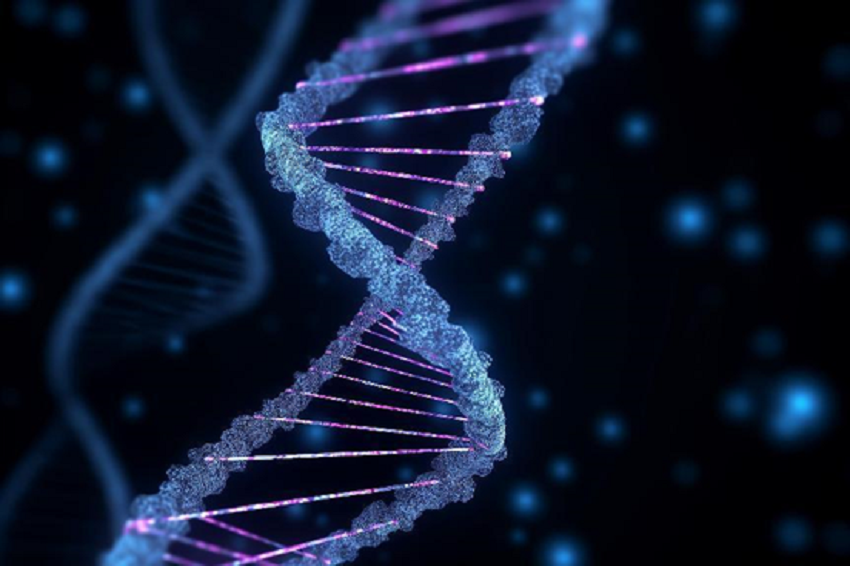Hello! I'm delighted to provide you with exclusive one-on-one consultation.
How can I assist you?
What is the process and cost of egg freezing?

Embryo culture and transfer are pivotal steps in the realm of assisted reproductive technology, significantly influencing the success of the IVF process. In this article, we will delve deep into this intricate process, exploring how embryos are cultured in the laboratory, subjected to Preimplantation Genetic Testing (PGT), and why blastocysts are often the preferred choice.

The journey of IVF begins with the union of eggs and sperm in a laboratory setting. This fusion gives rise to a fertilized embryo, which then embarks on a lengthy developmental voyage, usually spanning 5 to 7 days. During this period, it undergoes several cell divisions, evolving from a single cell to over 100 cells and culminating into a relatively larger fertilized embryo known as a blastocyst.
In the formation of blastocysts, some may reach this stage on the 5th day, while others might require 6 or even 7 days. Generally, embryos that take longer than 7 days to develop are unlikely to have the potential to progress into healthy embryos. These underdeveloped embryos are typically discarded to ensure that only high-quality blastocysts are utilized in subsequent stages.
Preimplantation Genetic Testing (PGT) is a pivotal step in the IVF journey. After 5 to 7 days of blastocyst culture, affiliated clinics subject each blastocyst to chromosome analysis to verify whether it possesses the normal 23 pairs of chromosomes and to identify any genetic disorders related to these chromosomes. This screening process aims to filter out embryos with chromosomal anomalies, thereby enhancing the chances of a successful implantation.
The results of PGT are paramount, as they not only inform the physicians about the quality of each blastocyst but also pinpoint which ones possess chromosomal abnormalities. Only embryos with normal chromosomes and without abnormalities are selected for transplantation, significantly increasing the chances of success.

Frequently, individuals inquire whether they should choose embryos from the third day of development or the fifth. In reality, the critical factor is PGT testing, not the specific stage of embryo development. Selecting blastocysts that have passed PGT screening reduces the likelihood of genetic abnormalities and can substantially increase the success rate of IVF, often reaching upwards of 70%.
To achieve the best results, collaboration with an experienced medical team is crucial. Thailand IVF offers world-class medical services, including high-quality embryo culture and PGT testing. The IVF USA system, set up by Dr. Nathan Zhang, is designed to help couples significantly reduce their stay in Thailand. You can complete preliminary tests in your home country and proceed to Thailand for the egg retrieval phase, where you would only need to stay for 3 to 5 days. The medical teams in Thailand, partnered with IVF USA, boast extensive experience and are well-versed in addressing a wide array of complex scenarios, ensuring top-notch treatment. If you are considering IVF, Thailand stands as an excellent choice, and IVF USA can facilitate this journey effectively.


Online Customer Service

In-Vitro Fertilization (IVF)

Female Egg Freezing

Fertility Assessment

Scan for Consultation

Back to Top